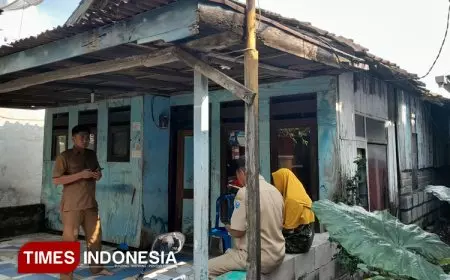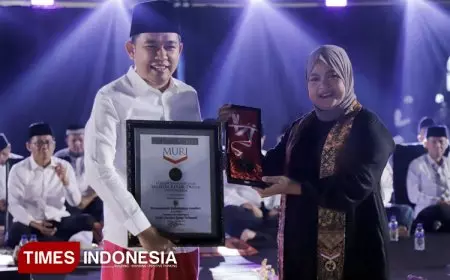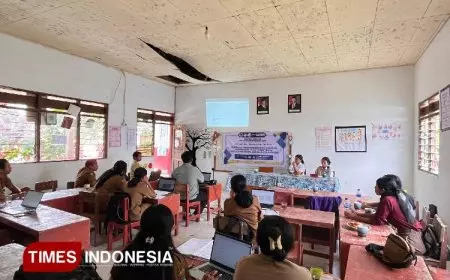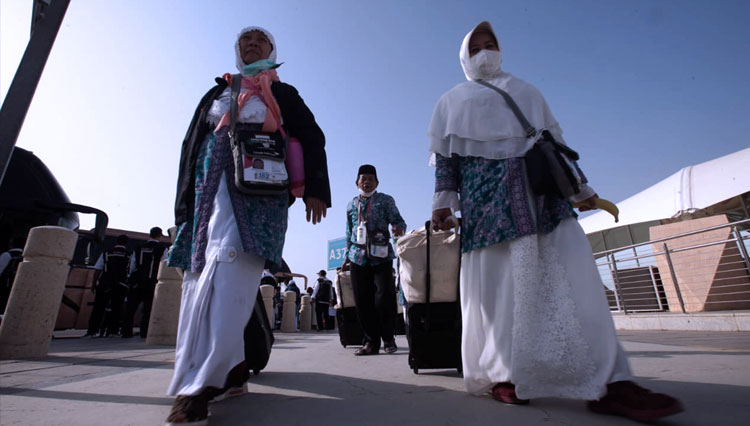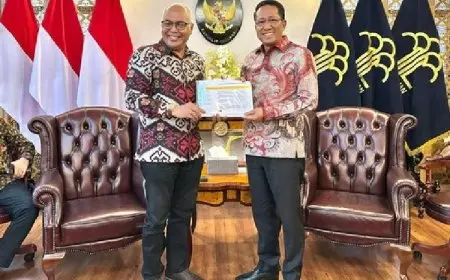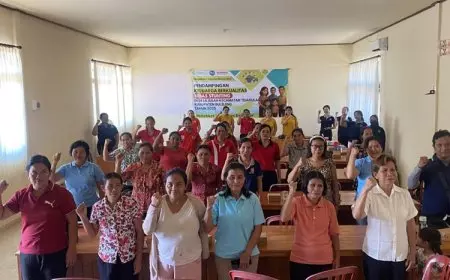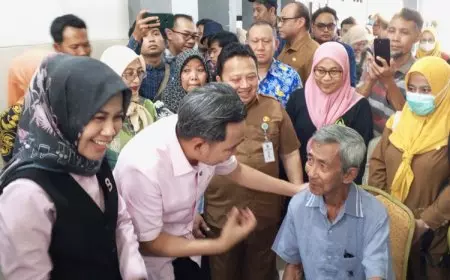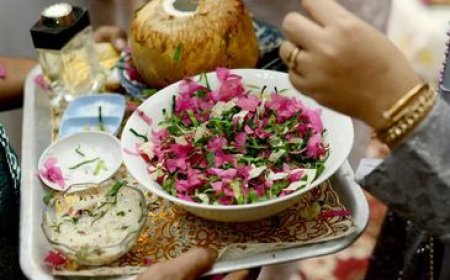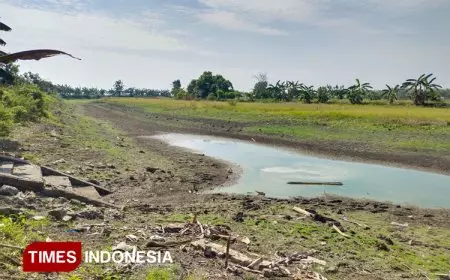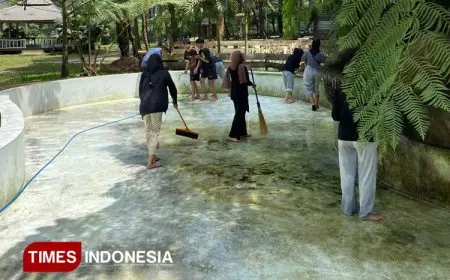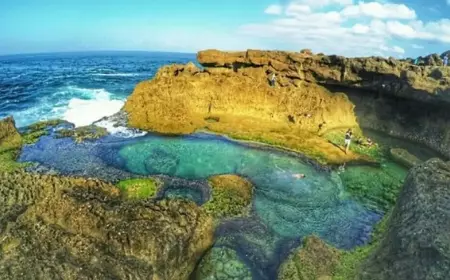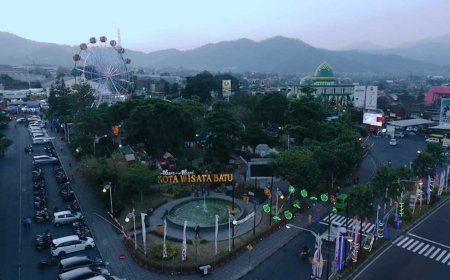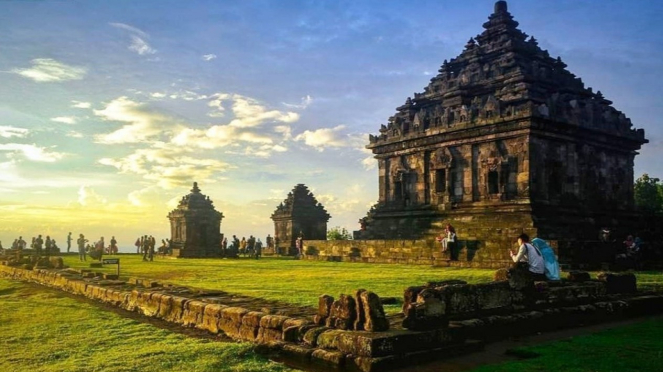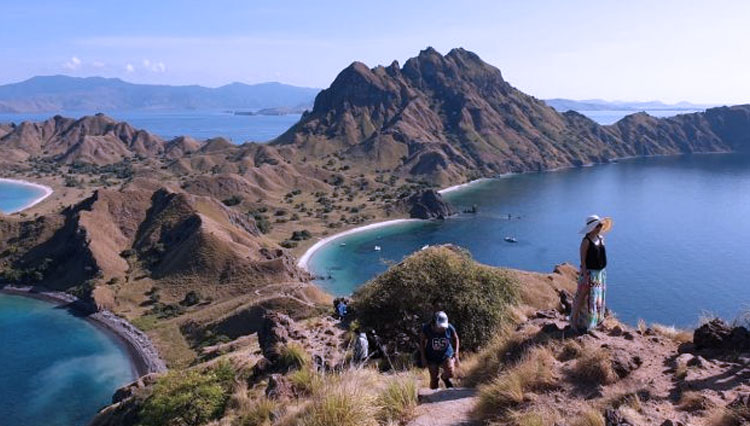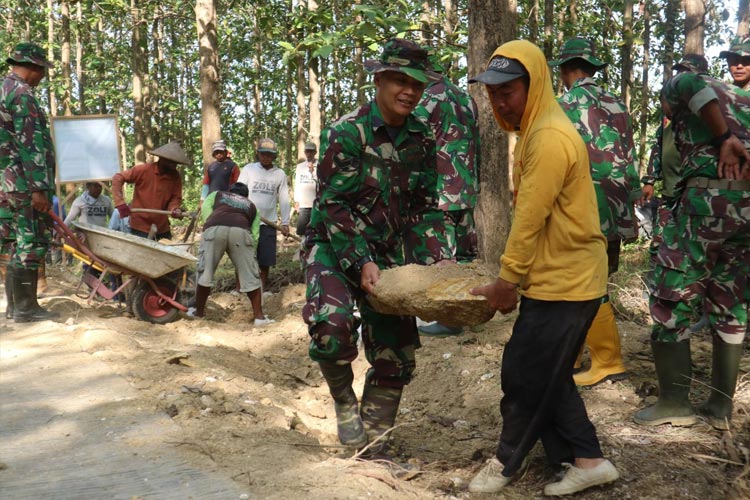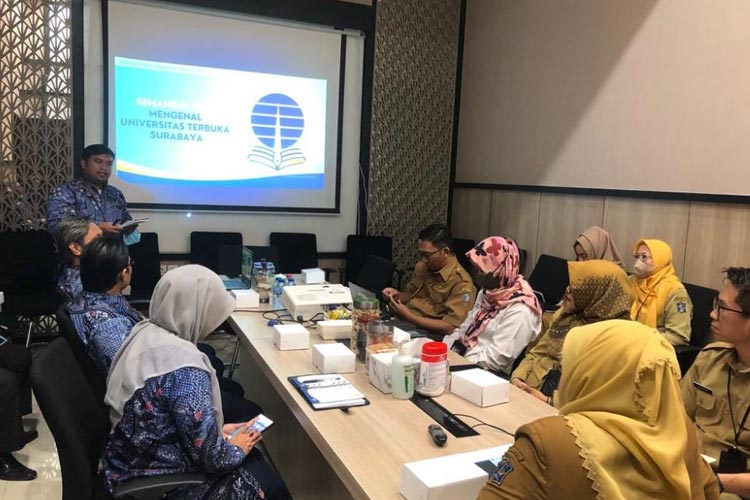History of Kawisari
Tugu Kawisari Coffee Plantation is located on the majestic slopes of Mt. Kawi & Mt. Kelud near Blitar, East Java, approximately 1,000 meters

TIMESINDONESIA, MALANG – Tugu Kawisari Coffee Plantation is located on the majestic slopes of Mt. Kawi & Mt. Kelud near Blitar, East Java, approximately 1,000 meters above sea level. Encompassing nearly 900 hectares of lush fertile land and surrounded with thousands more hectares, 360 degrees view of protected forest, with waterfalls and rivers of crystal-clear mountain water flowing through veins across the coffee plantation and emerald green rice fields, the view is breathtaking and the landscape is truly dramatic, to say the least.
1830
In 1830, the Dutch government imposed a new Cultivation system (Cultuur stelsel) under the command of Governor-General van den Bosch in 1830 -1835. At this moment. The Dutch demanded 20% of the people’s land to be planted with export commodities (coffee, sugar, pepper), replacing the traditional crops such as rice, cassava & corn. While for people who own no land, they had to become forced laborers in the fields that belong to the government for 66 days a year.
However, the local officials in the region illegally forced the farmers who owned land to plant the whole plantation for export commodity and the crop had to be sold to the Dutch government at low prices through the Regents. Though rules have been followed by the local farmers, they still had to pay 40% tax instead of tax-free as promised by the Dutch Government. Even worse, The corrupt local officials robbed the farmers by stealing their crops and selling themselves to the Dutch Government, making people suffer from not having enough crops for their daily needs.
1835 - 1870
During these years. Javanese people were very much suffering from the Cultivation system. Lots of them died of hunger because most of their crops were enjoyed by officials of Regents and the Dutch Government. - leaving them with no profit or food
As an illustration between 1843-1848, 216,000 people passed away in The Java district due to the Cultuur Stelsel system. While in other regions, A population of 89,000 shrank to only 9,000.
1860s
In the 1860s, Edward Douwes Dekker (former Assistant Resident of Lebak in 1856) under the pseudonym - Multatuli (meaning: I am very much suffering), authored a book entitled Max Havelaar that tells about the oppression of Javanese poor people by the Regents. At the same time in the Netherlands, the Dutch parliaments were mostly controlled by middle-class members who were more concerned with human rights issues. The inhumane system triggered the Dutch parliament to eradicate the Cultivation system and replaced it with more civilized laws.
1870s
Cultivation Stelsel was officially stopped in 1870, but the system still could be found in some areas despite the official ban. Luckily, the system totally ended in 1917.
In 1870, Agrarische Wet (Agrarian Law) which allowed the establishment of private plantations was launched. Private sectors were allowed to lease land owned by the Dutch government with a leasehold status for 75 years. This system is called Erfpacht. Subsequently, the government may also rent lands from people for 20 years. This prompted the Kawisari Great Estates to officially establish a legal entity in 1870.
For further information, please contact Hotel Tugu Malang at (+62341) 363 891 or +62 813-3491-9097. You can also reach us by Instagram DM @hoteltugu_malang or @tugukawisaricoffeeplantation or go through our official website at www.tuguhotels.com. (*)
Apa Reaksi Anda?







